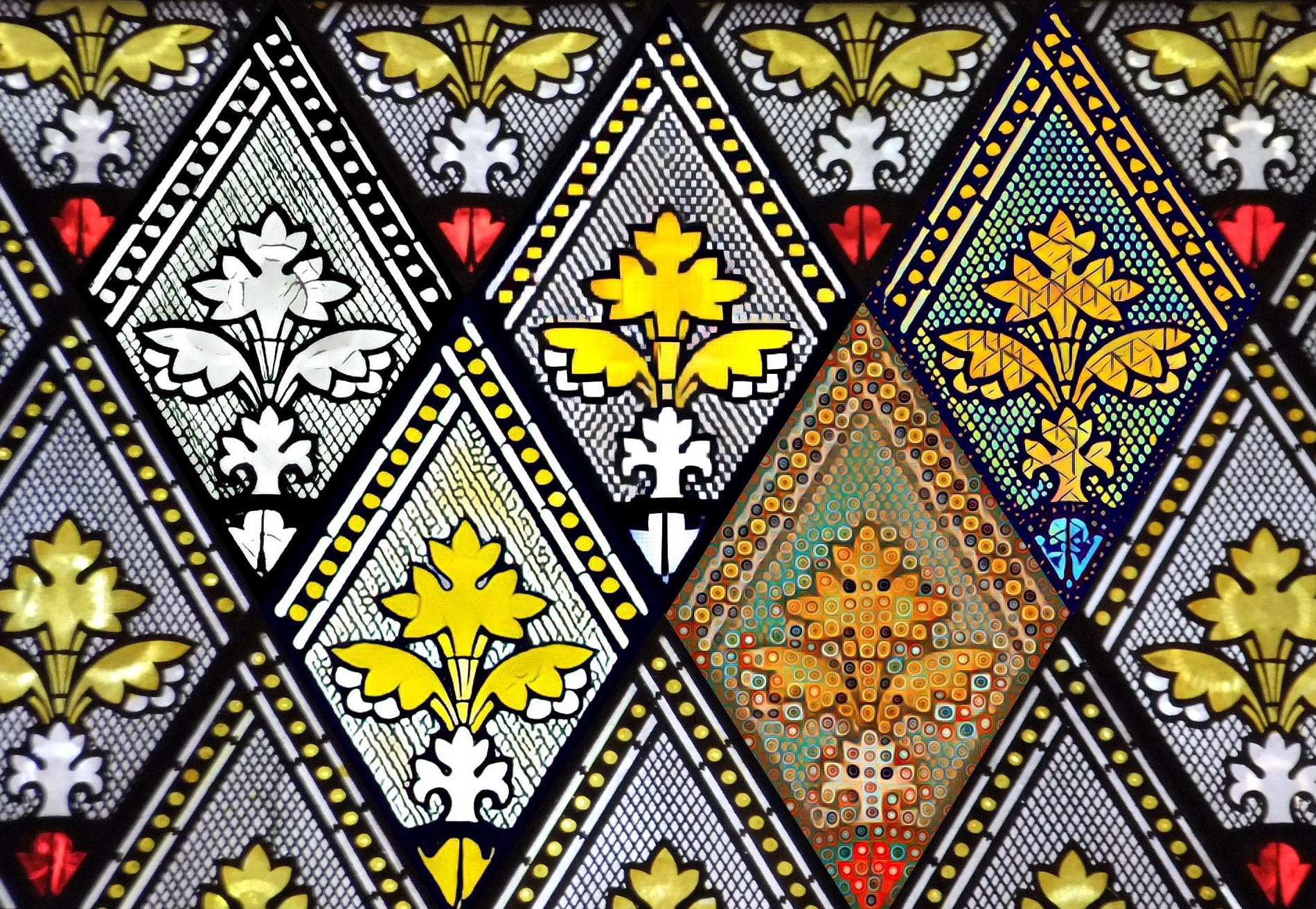by Eleanor Johnston and Wayne Fraser
At the start of another church service where our role was to babysit while the parents were guest musicians, our four-year old granddaughter was somewhat distressed to be hearing, once again, “Once in Royal David’s City.” She rose from her seat at the “kids zone,” walked tentatively toward us and asked in a worried voice: “He grows up, doesn’t he?” We were amazed to be asked this by such a young child, but relieved that our one-word assurance was accepted so readily.
We all grow in wisdom and stature, don’t we? Asking questions is what we’re doing a lot of these days. Since last summer we have visited a number of churches from Niagara to Toronto, primarily Anglican, but also a couple of United Churches. We are not commissioned to be “the inspector,” as one person worriedly assumed. We are sincerely looking to see what’s out there and how others are worshipping. We’ve looked at services from small, early morning ones to big churches, from urban to rural, from regular Sunday services to weekday Taizé. Here’s some of what we found.
First, every church welcomed us warmly as we arrived and included us in exchanging the Peace. The most effective greeting for Eleanor, a relatively shy person, occurred when we arrived at a church and the warden on duty whisked Wayne away to the priest’s office to prepare for the service. Eleanor was “adopted” by another warden who asked her whether she wanted to sit near the front, the middle or the back. The warden escorted her to that pew and explained who was who, when to stand/sit/kneel and when to use green book, hymnal and bulletin. She remained by her side until she was settled at the coffee hour, coffee and cookie in hand, in conversation with others.
Most parishioners are truly proud of their church and its identity and areas of expertise, from liturgy to outreach. The priest is glad to welcome a fellow-priest. Worship in every church was done thoughtfully and prayerfully, effectively creating a spiritual atmosphere and experience.
“Old words with new tunes and new words with old tunes take the place of familiar prayers and rituals. When it comes to changing ideas, expressing them in song seems the best vehicle.”
Our primary observation is that, to many Anglican churches, “contemporary liturgy” means the Eucharistic service starting on page 185 in the Book of Alternative Services (BAS). Certainly it is more modern than that found on page 230, based as it is on the Book of Common Prayer (BCP). However, to be contemporary, of the 21st century, means to reflect that we live in a wholly different landscape with a different understanding of what’s happening in our world and in the universe than is reflected in either the BAS or the BCP.
Some churches we discovered, offer, with the Bishop’s permission, liturgy created in the here and now, written by clergy and a worship team. They pray for guidance as they incorporate new ideas and language from a variety of sources, including the internet, rituals of other faiths and other wisdoms, both ecumenical and interfaith. No BAS or BCP in sight; the service is fully printed in a bulletin or flashed on a screen.
Nor is the pipe organ the dominant instrument. Churches use a variety of music—piano, keyboard, guitar, bands, hymns, gospel songs and pop songs. Old words with new tunes and new words with old tunes take the place of familiar prayers and rituals. When it comes to changing ideas, expressing them in song seems the best vehicle.
Yes, He grows up and so do we. “Life-changing worship” is happening in a few churches exploring a “culture of innovation” in liturgy. Maybe what scared our granddaughter were the words, “Christian children all should be kind, obedient, good as he.”

Starting Fresh: Spiritual Resolutions for a Faith-Filled 2026